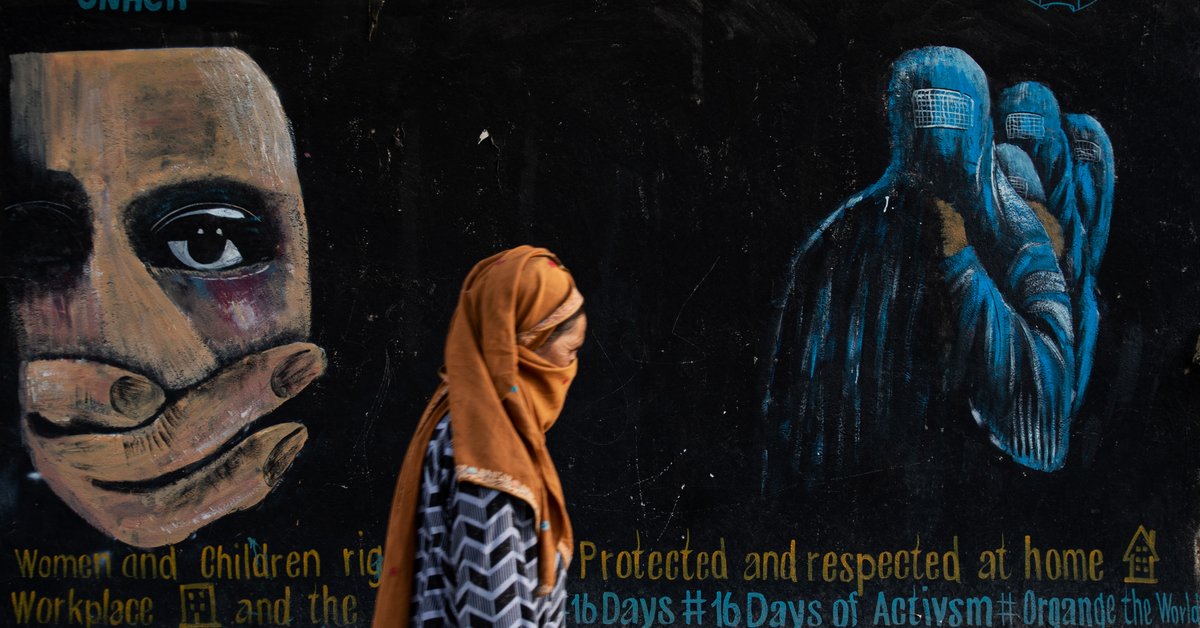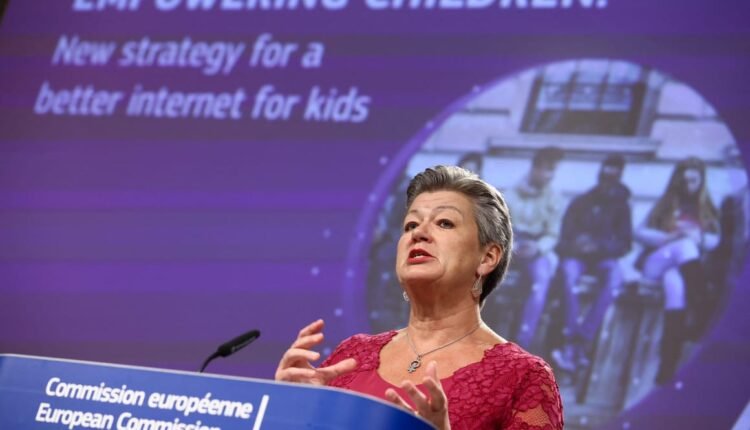To fight for children’s rights, you can join or support organizations dedicated to advocating for children, participate in awareness campaigns, volunteer to help children in need, and educate others on the importance of protecting children’s rights. Fighting for children’s rights is essential to ensure their well-being and safety.
By actively participating in advocating for children and amplifying their voices, we can make a significant impact on protecting their rights. Joining initiatives, raising awareness, and offering support to organizations working towards child welfare are effective ways to fight for the rights of children.
Every child deserves to live in a safe and supportive environment, free from exploitation and abuse. By rallying together to defend their rights, we can create a brighter future for all children.
Fighting For Children’s Rights: An Overview
The fight for children’s rights is a crucial and ongoing battle that requires understanding of the laws and policies protecting them. Laws such as the Convention on the Rights of the Child and policies addressing child labor, education, and welfare play a significant role in protecting their rights. It is important to be knowledgeable about these legal frameworks and actively advocate for their implementation and enforcement to ensure that every child has the opportunity to live a dignified and secure life.
Empowerment Strategies For Parents
To fight for children’s rights, parents can empower themselves with strategies to build a supportive environment. Encouraging open communication with children is vital. By creating a safe space for their thoughts and feelings, parents can strengthen the bond of trust with their children. Additionally, providing opportunities for children to express themselves freely and without judgment can foster a healthy environment. Conversations should be two-way, allowing children to voice their opinions and concerns. This approach empowers children and equips them with the confidence to speak up for their rights.
Empowerment Strategies For Educators
Empowerment strategies for educators are essential in fighting for children’s rights. Creating inclusive learning environments is crucial for promoting diversity and equality in the classroom. Educators can implement anti-bias curriculum and culturally responsive teaching to ensure all students feel valued and represented. Fostering emotional support through active listening, compassionate communication, and trauma-informed practices can help create a safe and nurturing space for children.
By encouraging critical thinking and empathy, educators can empower students to advocate for themselves and others. Through collaborative partnerships with families and communities, educators can work towards creating a more equitable and just society for all children.

Credit: medicamondiale.org
Empowerment Strategies For Community Leaders
When fighting for children’s rights, it is crucial to advocate for child welfare at every level of the community. This can include lobbying for policies that protect children from harm, promoting access to education and healthcare, and ensuring that child abuse and exploitation are eradicated. Community leaders can also collaborate with local organizations and authorities to strengthen child protection systems and improve support for at-risk families.
Creating child-friendly communities involves establishing safe spaces for children to play and learn, fostering inclusive environments that value diversity, and providing opportunities for young people to participate in decision-making processes. By prioritizing the needs and voices of children within the community, leaders can contribute to the development of a supportive and nurturing environment that empowers children to thrive and reach their full potential.
Collaboration For Children’s Rights
Fighting for children’s rights requires collaboration between different stakeholders. Engaging with NGOs and advocacy groups is essential to build a strong network for advocating children’s rights. By partnering with these organizations, we can create a unified voice to push for policy changes and provide support for vulnerable children.
Furthermore, engaging with government agencies is crucial to influence and shape policies that directly impact children’s well-being. Building relationships with key decision-makers and leveraging their influence can help in bringing about positive changes for children. By working together with NGOs, advocacy groups, and government agencies, we can collectively strive to ensure that children’s rights are upheld and protected.
Empowering Children As Advocates
Empowering children as advocates is essential for ensuring the protection of their rights. Education on rights and responsibilities is crucial in equipping children to understand and articulate their entitlements. Nurturing a culture that encourages youth participation in decision-making processes is vital to instill a sense of agency and empowerment.
Providing platforms for children to express their views and be involved in issues that affect them directly can lead to impactful changes in policies and practices. Empowering children as advocates fosters a society where their voices are valued and considered, thereby creating a better future for generations to come.
Empowerment Through Legal Assistance
Fighting for children’s rights is crucial for their empowerment and protection. Accessing legal resources is essential for ensuring that children have adequate representation and access to justice. Through legal assistance, child protection issues such as abuse, neglect, and exploitation can be effectively addressed. Providing children with the necessary support and advocacy is instrumental in safeguarding their rights and promoting their well-being.
Amplifying Voices Through Media
Advocating for children’s rights is crucial for creating awareness campaigns and using social media for advocacy. By leveraging the power of social media platforms, individuals and organizations can amplify the voices of marginalized children. Sharing compelling stories and engaging visuals can help raise public awareness and garner support for important causes.
Through strategic digital campaigns, it becomes possible to reach a wider audience and mobilize communities to take action. Collaborating with influencers and partnering with like-minded advocates can further enhance the impact of these efforts. By harnessing the potential of media, we can strive to create a world where every child’s rights are recognized and protected.
Funding And Resources For Children’s Rights
Securing financial support is crucial for advancing children’s rights initiatives. By advocating for inclusion of children’s rights in government budgets and seeking grants from non-profit organizations, sustainable funding can be ensured. Furthermore, leveraging public-private partnerships can aid in securing long-term financial backing for children’s rights programs.
Accessing resources for child empowerment involves creating awareness about existing services and support systems. Collaborating with local authorities and community organizations to provide holistic access to education, healthcare, and protection resources is essential for child empowerment.
Child Rights Education Toolkit: Empower Your Advocacy
Frequently Asked Questions On How To Fight For Children’s Rights
How Can I Protect My Child’s Rights?
You can protect your child’s rights by staying informed about their rights, advocating for them, and seeking legal assistance if necessary.
What Are The Most Common Children’s Rights Violations?
Common violations include child abuse, child labor, lack of access to education, and child marriage. Stay vigilant and report any violations you encounter.
Why Is It Important To Fight For Children’s Rights?
Fighting for children’s rights ensures that they have a safe and nurturing environment to grow up in, promoting their overall well-being and future success.
How Can I Get Involved In Advocating For Children’s Rights?
You can get involved by supporting organizations that work on children’s rights, raising awareness, lobbying for policy changes, and volunteering in related programs.
What Are The Key International Treaties Protecting Children’s Rights?
Treaties such as the Convention on the Rights of the Child and the Optional Protocol on the Sale of Children, Child Prostitution, and Child Pornography provide crucial protections for children globally.
Conclusion
Fighting for children’s rights is a crucial endeavor for the betterment of society. By amplifying their voices, advocating for policies, and offering support, we can create a world where every child is safe, educated, and empowered. Together, we can pave the way for a brighter future for all children.


